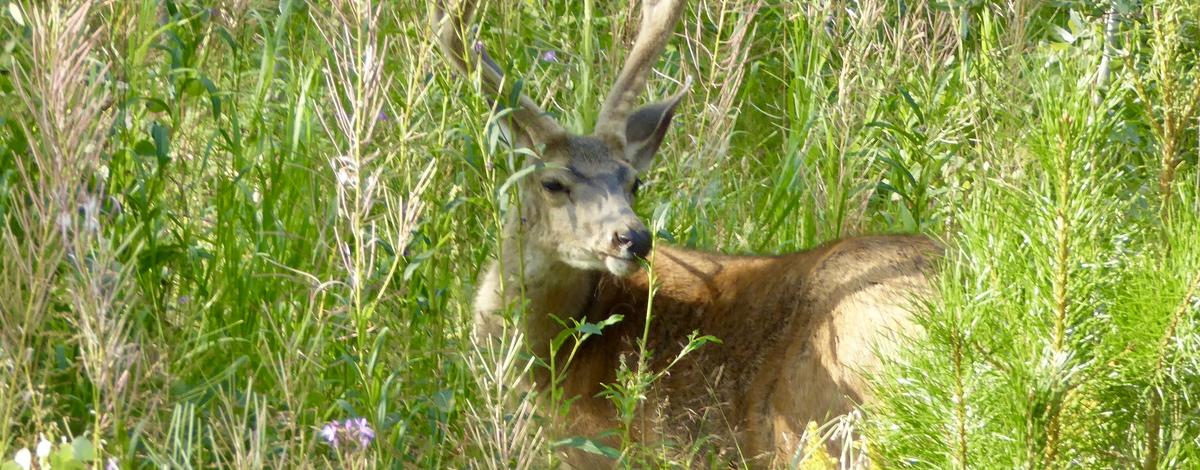Portions of Idaho remain unseasonably warm as we head into general, any-weapon big game hunts, which means hunters may be harvesting animals in warmer temperatures than they're used to. To ensure quality meat for the table, make preparations to process your big game animal.
Hunters have an ethical and legal obligation to properly care for the game meat they harvest. Allowing a game animal to spoil will not only result in losing all the meat, but hunters can be cited for wasting game. It's better to have a plan in place to ensure you end up with a freezer full of quality meat rather than heartache from meat spoiling and possibly a citation.
The key to preserving meat in warm weather is to begin the cooling process as quick as possible. Animals should be immediately skinned, reduced to quarters in most cases, and quickly transported to cold storage.
Tips for hunting during warm weather include:
Skin it now: Remove the hide of a harvested animal as quickly as possible so it will begin to cool down. A deer or antelope can hang and cool as a whole carcass in air 40 degrees or cooler, but elk and moose should always be quartered. Even with the hide off, the larger body mass takes a long time to cool and meat can spoil in a matter of hours if the heat cannot escape.
Meat can spoil overnight: When an animal is harvested in the evening, it still needs to be found, cleaned and processed as quickly as possible. Keep in mind that the ground is a great insulator. The elevated part of the carcass might cool slightly, but the bottom-side will retain heat and sometimes spoil if left overnight.
Have ice available: If you’re making a relatively short trip from the field to home or field to camp, fill the body cavity of an unskinned antelope or deer with ice bags to help cool it. But beware, body heat can remain in the thickest parts of the animal, such as the hindquarters, and stuffing with ice is only a temporary measure. You should not rely on ice in the body cavity to cool larger animals like elk and moose.
Don't hang meat if it's too hot: It's safer to skin and quarter it and put the meat on ice. A large cooler will hold most or all of a deer that’s been quartered, or an elk that has been cut into smaller pieces. Remember to leave evidence of sex and species, as per rules found on page 102 of the big game rules booklet.
Find a meat processor: Know where the nearest meat processing facilities are located and know their hours of operation. Remember space may be limited in those facilities, so it never hurts to make a phone call before you go hunting.
Pack ice blocks: Bring an extra cooler and pack tightly with extra blocks of ice. Block ice stored in a quality cooler that’s left closed will last for days and be available when you need it in the field. Block ice last longer than crushed, and water should be drained from the cooler to maintain the ice longer.
Protect the meat from insects: In temperatures below 40 degrees, flies are rarely a problem, but in higher temperatures, flies are your enemy. Game bags are essential to keep meat free of flies and clean as well. In warm weather, always bag skinned meat immediately. It is far easier to keep meat clean than it is to remove fly eggs, hair, dirt, grass, and pine needles later.
Use water carefully: There are conflicting views about washing down a big game animal with water after it is skinned. Most professional meat processors agree that using clean, cold water to remove animal hair and dirt is a good practice as long as the carcass air dries quickly so that the water does not encourage bacterial growth. A cold water spray can also hasten the cooling process.

